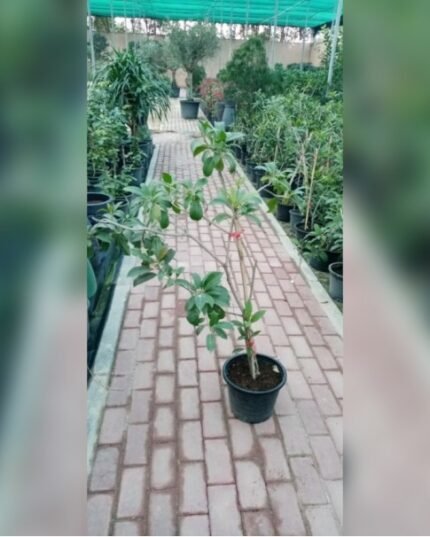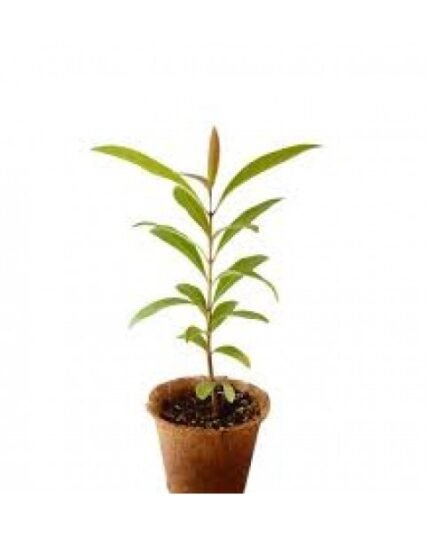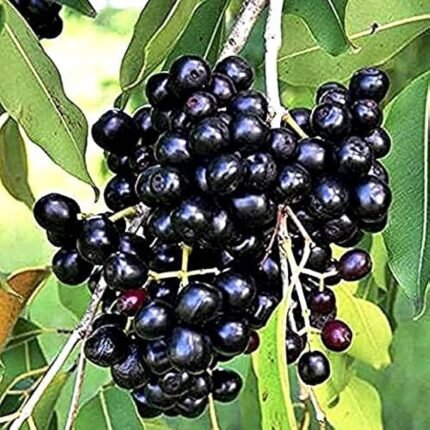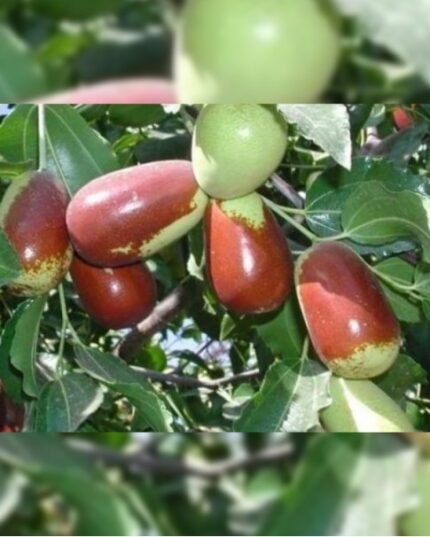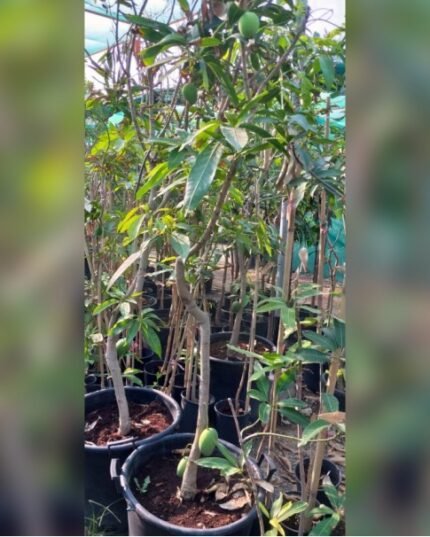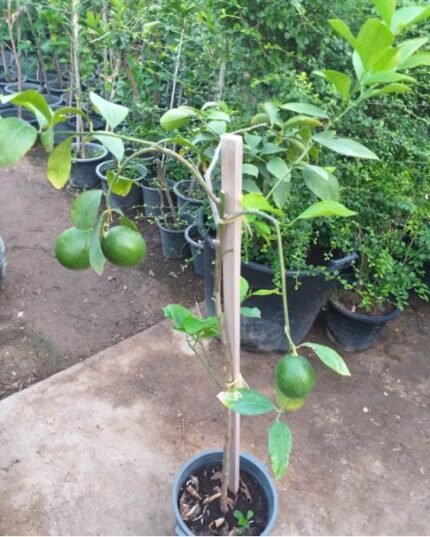Olive Tree
Olive Tree (Olea europaea) is a small evergreen tree or shrub. It is grown for its edible fruit, the olive, which is used to make olive oil, as well as for its ornamental value. Olive trees are long-lived and can grow for hundreds of years. They are also very drought-tolerant and can survive in dry climates. Olive trees prefer full sun but can tolerate some shade. They are not very fussy about soil type, but they prefer well-drained soil.
Planting & Care
Light: Olive tree need full sun, 6 to 8 hours of bright, direct sunlight per day. They can tolerate some shade, but they will not flower or fruit as well in low light conditions.
Water: Olive tree are drought-tolerant and can survive with little water. However, they will produce more fruit if they are watered regularly. The amount of water your olive tree needs will depend on the climate, the size of the tree, and the type of soil. During the summer months, you may need to water your olive tree more often and in the winter months, you can water it less often.
Fertilizer: Fertilizing olive trees (Olea europaea) is essential to ensure healthy growth and fruit production. Olive trees benefit from balanced, slow-release fertilizers that contain a mix of essential nutrients. Look for fertilizers labeled for fruit trees or woody plants.
Temperature : They can tolerate temperatures ranging from 15 to 40 degrees Fahrenheit.
Potting:Repot the tree as quickly as possible to this larger pot after purchase and use fertile black soil.
Pruning: Olive trees do not need a lot of pruning, but it is important to remove dead, diseased, or damaged branches. You can also prune your olive tree to shape it or to control its size. Prune olive trees during their dormant period, which typically occurs in late winter to early spring before new growth begins.









